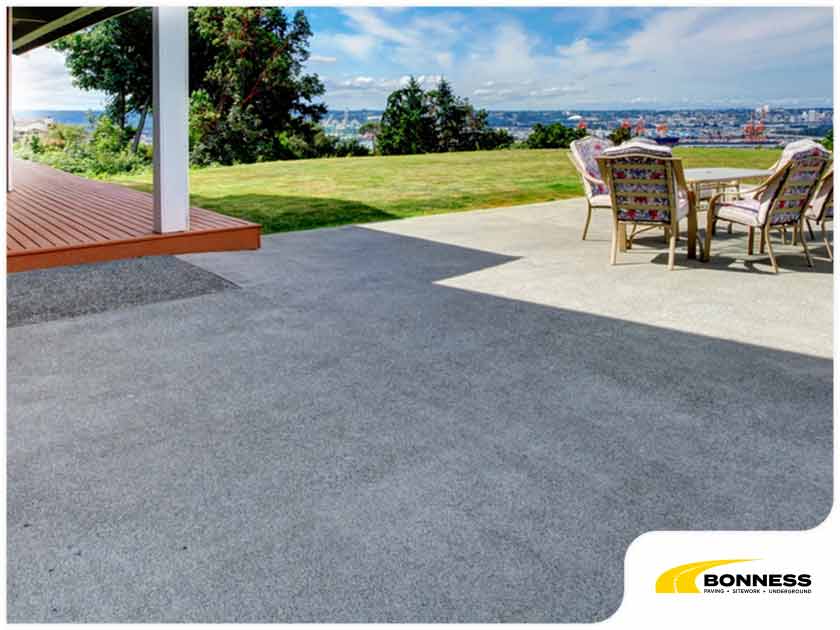
Concrete is a mainstay of modern life, which is why it’s used in almost every imaginable structure – from skyscrapers to driveways. But what is this wonder material really made of, and why is it so ubiquitous and durable?
Concrete vs. Cement
Before anything else, there should be a distinction between concrete and cement. While most people think they’re one and the same, cement – particularly Portland cement – is just one component of concrete.
components of Concrete
There are three things that comprise regular concrete: water, the aforementioned Portland cement and aggregates (filler material, such as gravel or sand). This is actually similar to asphalt, but the latter uses a petroleum product instead of cement.
Water is often called the universal solvent, and, in this case, it’s also an essential component of concrete. It allows the cement to become a paste (which is normally in powder form) and allows the aggregate to mix with the cement. This process is called hydration, where the water permeates the powdered cement and allows it to adhere to the aggregate. Still, remember that the more water a concrete mixture has, the weaker it is; this is called the water-cement ratio.
Sand is typically used as an aggregate, but some concrete products also use crushed stone or gravel.
Interested in learning more about concrete? Bonness Inc. is Florida’s top contractor when it comes to paving and sitework. Call us today at (239) 597-6221, or fill out our contact form.
